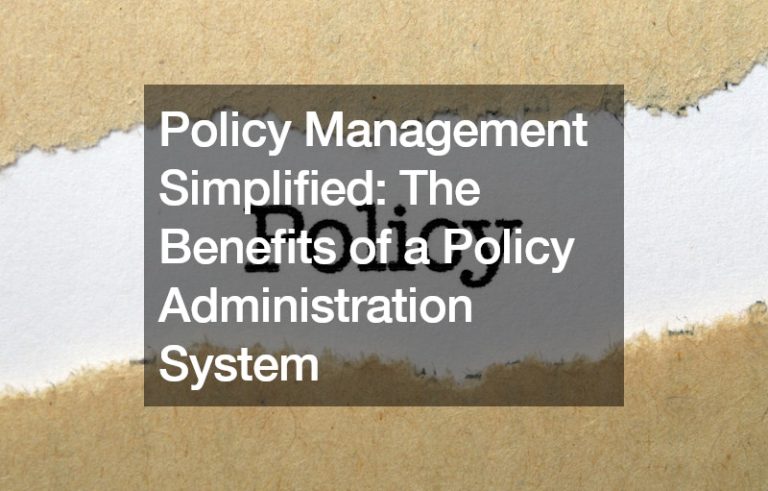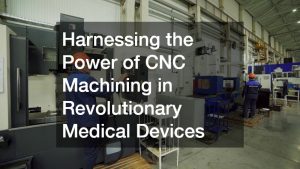In the dynamic landscape of business operations, effective policy management is pivotal in ensuring compliance, operational efficiency, and strategic alignment. This is where a robust policy administration system steps in, offering a structured approach to crafting, implementing, and maintaining organizational policies. Let’s delve into the key benefits and functionalities that make policy administration systems indispensable tools for modern enterprises.
Streamlined Policy Creation and Distribution
A policy administration system is the backbone for creating and disseminating organizational policies. Unlike ad-hoc approaches, these systems provide a centralized platform where policies can be drafted, reviewed, and approved clearly and efficiently.
This centralized repository ensures that policies are consistently updated to reflect the latest regulatory requirements and organizational needs, thereby promoting compliance and reducing ambiguity.
Enhanced Compliance and Risk Management
Compliance with regulations and internal policies is non-negotiable in today’s business environment. A policy administration system facilitates adherence to regulatory standards by enforcing policy consistency and monitoring organizational compliance. By automating policy workflows and notifications, these systems ensure that stakeholders are promptly informed of policy updates and adherence requirements, mitigating risks associated with non-compliance.
Efficient Policy Implementation
One of the distinguishing features of a policy administration system is its ability to seamlessly translate policies into actionable procedures. While policies outline the overarching guidelines and principles, procedures delineate the step-by-step processes for policy execution. This distinction ensures clarity in roles and responsibilities, reduces procedural errors, and enhances operational efficiency. Employees can refer to the system for standardized procedures, fostering consistency in decision-making and workflow execution.
Flexibility and Adaptability
Contrary to rigid frameworks, policy administration systems offer flexibility in policy management. They accommodate varying organizational structures and operational nuances, allowing customization of policies based on specific departmental needs or regulatory requirements. This adaptability ensures policies remain relevant and applicable across diverse business functions, supporting agile decision-making and organizational responsiveness.
Integration with Technology and Analytics
In digital transformation, policy administration systems integrate seamlessly with technological advancements to enhance functionality and user experience. Features such as AI-driven analytics provide insights into policy effectiveness, compliance trends, and areas requiring improvement. This data-driven approach empowers decision-makers with actionable intelligence, enabling proactive policy adjustments and strategic planning aligned with organizational goals.
Cost Efficiency and Resource Optimization
Implementing a policy administration system streamlines operations and contributes to cost efficiency. Organizations optimize resource allocation and minimize overhead costs associated with regulatory fines or operational discrepancies by reducing manual efforts in policy creation, distribution, and compliance monitoring. Furthermore, improved process efficiency leads to enhanced productivity and better utilization of human capital, driving sustainable growth and competitive advantage.
Support for Strategic Initiatives
Beyond regulatory compliance, policy administration systems support strategic initiatives by aligning policies with organizational objectives. They facilitate the rollout of new policies or updates across the enterprise, ensuring stakeholders are well-informed and aligned with strategic directives. This alignment fosters a culture of transparency and accountability, where policies serve as enablers rather than constraints, driving innovation and operational excellence.
Enhanced User Experience and Adoption
Another significant benefit of policy administration systems is their focus on enhancing user experience and adoption. These systems are designed with user-friendly interfaces, intuitive navigation, and comprehensive search functionalities that enable stakeholders at all levels to access and understand policies and procedures easily. This accessibility promotes the widespread adoption of policies across the organization, fostering a culture of compliance and accountability from the executive suite to frontline employees.
Conclusion
In conclusion, a policy administration system is more than just a tool for managing rules and regulations; it is a cornerstone of effective governance, risk management, and compliance (GRC). These systems empower organizations to navigate complex regulatory landscapes with confidence and agility by centralizing policy creation, implementation, and monitoring. Embracing a policy administration system enhances operational efficiency and compliance and fosters a culture of accountability and continuous improvement. As businesses evolve, investing in robust policy management solutions remains essential for sustainable growth and resilience in an ever-changing world.
Through its comprehensive features and strategic benefits, a policy administration system simplifies policy management and positions organizations for long-term success in today’s competitive business environment. By leveraging technology, promoting flexibility, and enhancing user experience, these systems enable organizations to proactively manage policies, mitigate risks, and seize opportunities for growth and innovation.
.





